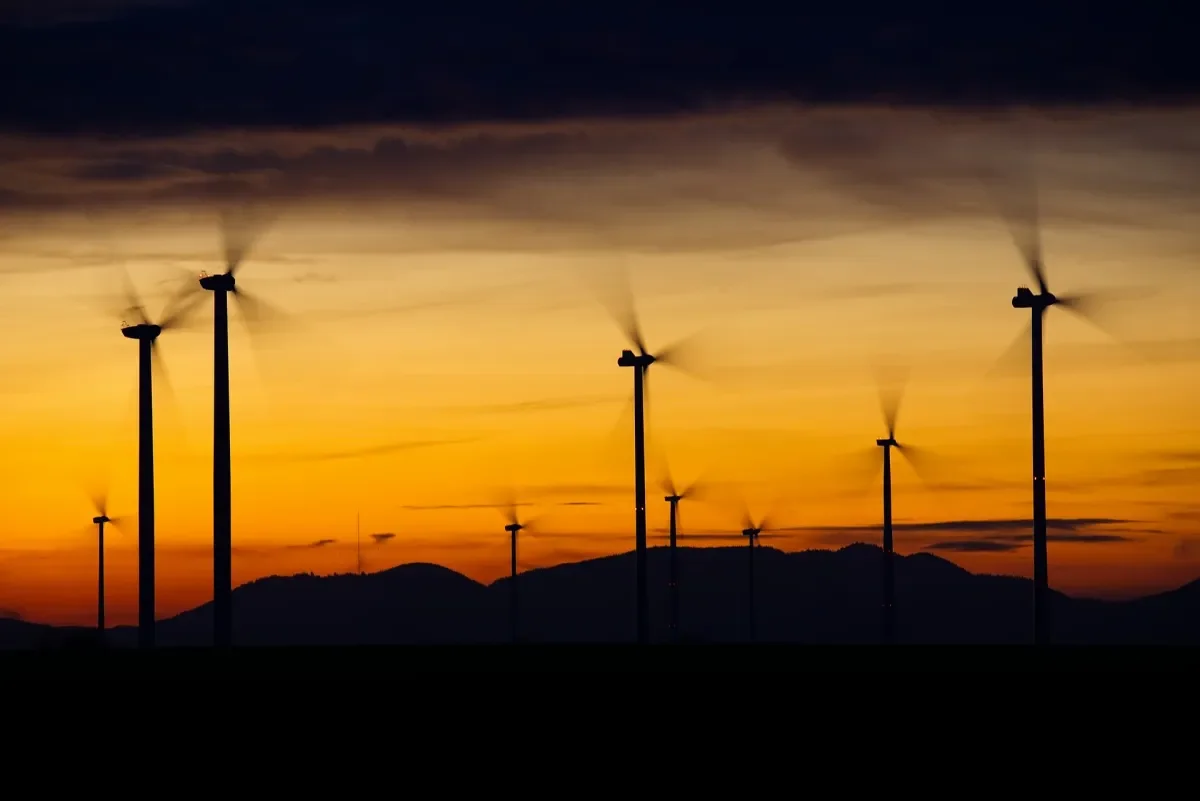

DCU project for laser cleaning of wind turbines receives SEAI funding
A DCU project that will clean, classify and quantify contaminants from the blades of wind turbines has received funding from the Sustainable Energy Authority of Ireland (SEAI). Minister for Communications, Climate Action and Environment, Richard Bruton TD, announced that €11m in funding has been awarded to 50 cutting-edge research, development and demonstration energy projects. These projects will develop solutions that will deliver cleaner energy for our homes, businesses and communities.
The project, Laser Ablation for Wind Turbine Blade Contaminant Classification, Quantification and Removal is lead by Prof. John T Costello in the School of Physical Sciences in DCU. The fouling of turbine blades has a dramatic effect on their aerodynamic performance and hence on the wind to electrical energy conversion efficiency ratio. By using laser ablation, removing thin layers of material by irradiation of a surface with a pulsed laser, the blades can be cleaned in a green and completely chemical free method. As a side effect, the material ablated by the laser forms a light emitting plasma which contains the spectral signatures or ‘fingerprints’ of the contaminants.
Wind energy in Ireland
Wind energy currently provides about 30% of Ireland’s electricity demand (second only to Natural Gas). The current wind power generation output in in excess of 3 GW (Gigawatts) while the wind energy roadmap sees 11 GW – 16 GW of onshore wind and 30 GW of offshore wind by 2050 as possible with a favourable economic and policy tailwind.
The effect of surface contamination on wind energy generation by wind turbines is similar to that of ice on the wings of aircraft. Even small undulations (millimetre scale) can have a dramatic effect on the lift and drag forces leading to large reductions in the aerodynamic (and hence power conversion) efficiency of a wind turbine.
The twin problems of determining surface contamination content and removal were posed to the SEAI RDD programme by the ESB. This project will investigate the use of laser ablation to solve both simultaneously – potentially removing two major challenges for wind energy generation with the one laser shot.
The funding announcements were made at the inaugural SEAI-DCCAE National Energy Research and Policy Conference. Discussing the funding programme, Dr Phil Hemmingway, Head of SEAI’s Low Carbon Technology Department said:
“The All of Government Climate Action Plan commits Ireland to significant targets and ambitions in the energy sector. Disruptive innovation will be critical for meeting these targets and for achieving Ireland’s medium and long-term decarbonisation. Ireland’s energy system will undergo a rapid, continual and significant evolution during the period 2020 to 2030 and beyond. Projects such as these are at the forefront of knowledge development. I would like to congratulate the teams behind the successful projects, and look forward to seeing the outcomes, which will help to lead us to our cleaner energy future.”
About SEAI
SEAI is Ireland’s national energy authority investing in, and delivering, appropriate, effective and sustainable solutions to help Ireland’s transition to a clean energy future. We work with Government, homeowners, businesses and communities to achieve this, through expertise, funding, educational programmes, policy advice, research and the development of new technologies.
SEAI is funded by the Government of Ireland through the Department of Communications, Climate Action and Environment.
